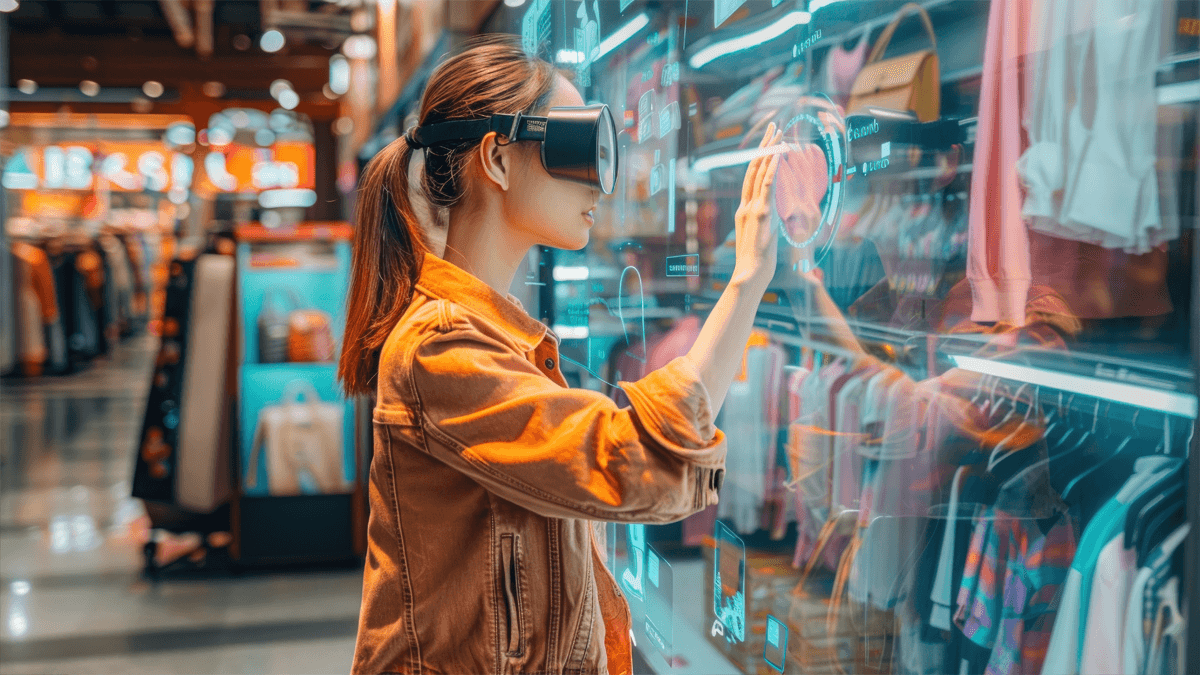Have you ever wondered what it would be like if your digital presence was more than just a profile picture or a username? What if your online identity could interact just like you? Enter the world of virtual avatars and digital identities, where artificial intelligence (AI) is revolutionizing the way we represent ourselves online.
From gaming to social media and even professional environments, virtual avatars and digital identities are becoming an integral part of how we engage with the world.
Let’s dive into how AI is reshaping this digital frontier and what it means for the future of our online selves.
AI-Powered Avatars: A New Form of Self-Expression
Virtual avatars—once considered the stuff of science fiction—are now a reality, thanks to advancements in AI. Today, AI can analyze and replicate facial expressions, body movements, and even voice patterns to create avatars that mirror real-life behavior.
Imagine entering a virtual meeting, not as a static image on a screen but as an interactive, AI-powered version of yourself—one that can read the room, react to conversations, and even speak on your behalf.
Imagine an avatar that understands your preferences, schedules your meetings or engages with your followers on social media while you’re offline. AI can process huge amounts of data to simulate real-time decision-making and even handle complex tasks. Essentially, your avatar can serve as your digital twin, navigating the virtual world while you focus on other things.
The Evolution of Digital Identities
The concept of a digital identity isn’t new. Since the dawn of the internet, users have been creating online personas—whether through email addresses, social media profiles, or online gaming characters. These representations were, however, static and limited. A username and profile picture were often all that distinguished one user from another.
Fast forward to today, where AI-driven virtual avatars can be hyper-realistic, animated, and deeply personalized. Digital identities are no longer just a passive reflection of the user; they are dynamic, interactive, and can even perform tasks on our behalf. Whether it’s in the metaverse, virtual meetings, or gaming environments, virtual avatars are taking center stage.
The Role of Digital Identities in the Metaverse
The metaverse—a virtual space where users can interact in a 3D environment—is a perfect playground for AI-powered avatars. In the metaverse, avatars will go beyond mere representations. With AI, avatars will be able to even adapt based on their experiences in these virtual environments.
Moreover, digital identities will evolve to be more than a reflection of an individual’s physical appearance. Avatars can take on any form the user desires—whether it’s a fantastical character from a favorite game or a more polished, professional version of oneself. With AI, these avatars can reflect moods, emotions, and even styles that change based on the context or environment. This level of personalization will make virtual interactions more immersive and engaging.
Ethical Considerations
While the possibilities of AI-powered virtual avatars are exciting, they raise significant ethical questions. For example, who owns your virtual identity, especially when AI plays such a crucial role in shaping it? If an AI-driven avatar makes decisions on your behalf, how much control do you have over it? These are questions that require thoughtful consideration as we move forward into this AI-powered future.
Another major concern is how these digital identities can be manipulated. Imagine an AI-driven avatar being used maliciously to impersonate someone. Deepfakes and other AI-generated content have already shown us the dark side of this technology. As avatars become more advanced, there is potential for misuse in areas such as identity theft, fraud, and even misinformation.
Ensuring that AI-driven avatars remain ethical and transparent is a challenge. Users should have full control over their digital identities, with clear boundaries about what AI can and cannot do on their behalf. Transparency in how data is collected and used by these AI systems will also be crucial to building trust in this technology.
Conclusion: Balancing Innovation with Responsibility
As AI continues to evolve, so too will our virtual avatars and digital identities. These AI-powered avatars are more than just an online persona—they are becoming extensions of ourselves, capable of interacting, learning, and adapting in ways we could only dream of a few years ago.
However, with these exciting advancements come new challenges. Ethical and security concerns must be addressed to ensure that AI-driven avatars are used responsibly. Whether it’s in gaming, the metaverse, or professional spaces, AI is creating new opportunities for how we live, work, and play in the digital realm.
In this rapidly advancing future, the key will be striking the right balance between innovation, control, and security. After all, our digital identities are more than just tools—they’re a reflection of who we are.



